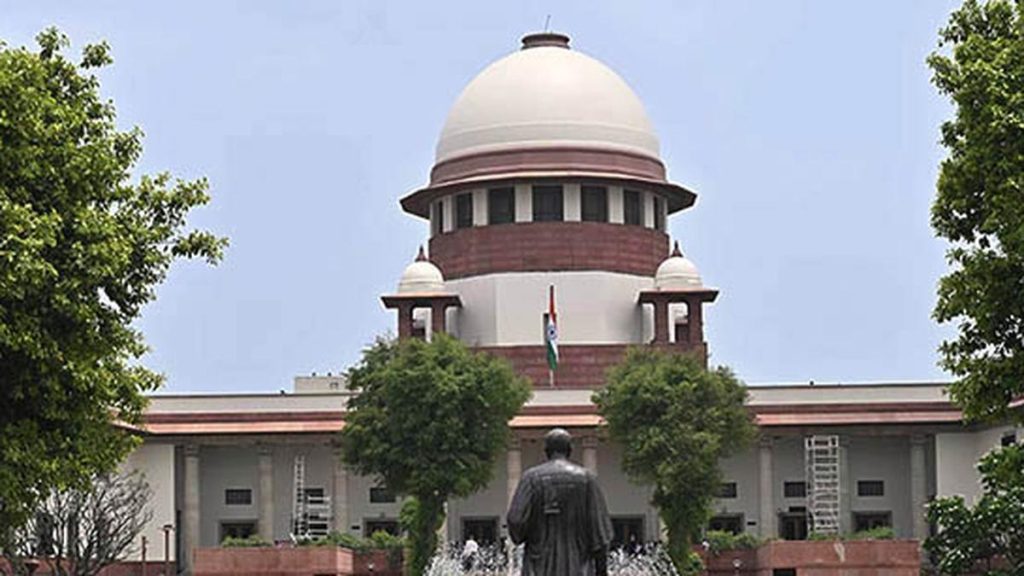Context:
Recently, The Supreme Court held by an 8:1 majority that not all privately-owned properties can be classified as “material resources of the community” under Article 39(b) of the Constitution.
Key Highlights of Judgement
The majority opinion, written by Chief Justice D.Y. Chandrachud, disagreed with earlier rulings (In the 1977 case of Ranganatha Reddy v. State of Karnataka) that had expanded the definition of “material resources” to include all private property.
The Court stated that such an interpretation would endorse a particular economic ideology (Socialist), which was not the purpose of Article 39(b).
- This provision aims to ensure that resources are distributed for the common good, but it doesn’t call for the state to take over all private property.
The majority did say that privately owned property could be considered a “material resource” in certain cases, depending on factors like nationalization, availability, and whether the resource is scarce.
Justice Nagarathna’s Opinion:
- She agreed private property could become a “material resource” through various methods such as nationalization, government acquisition, legal action, purchasing from private owners, or through voluntary donations.
- However, she disagreed with overturning Justice Iyer’s opinion in the Ranganatha Reddy case, arguing it was suited to its time and should not be criticized due to evolving policies.
Justice Dhulia’s Dissent:
- He dissented, supporting the broader interpretation of “material resources” from the Ranganatha Reddy case.
- He also argued the inclusive view had been valuable and relevant, and should continue as the guiding principle in understanding property rights under Article 39(b).
About Article 31C & Its Evolution
- Article 31C was introduced by the 25th Constitutional Amendment Act, 1971, primarily to support the nationalization of banks.
- It aimed to ensure the allocation of “material resources of the community” for the common good (Article 39(b)) and prevent the concentration of wealth to the detriment of the community (Article 39(c)).
- Article 31C protected laws made to implement these goals, stating that such laws could not be challenged on the grounds of violating the right to equality (Article 14) or rights under Article 19 (such as freedom of speech or peaceful assembly).
- In the landmark Kesavananda Bharati case (1973), the Supreme Court, by a narrow 7-6 majority, struck down the part of Article 31C that prevented courts from reviewing laws made to implement Articles 39(b) and 39(c).
- The 42nd Constitutional Amendment Act, 1976, expanded the scope of Article 31C to cover all Directive Principles of State Policy (Articles 36-51), protecting them from challenges under Articles 14 and 19.
- However, in the Minerva Mills case (1980), the Supreme Court struck down the 42nd Amendment, ruling that Parliament’s power to amend the Constitution was not absolute and could not violate the basic structure of the Constitution (pronounced in Kesavananda Bharati case).

